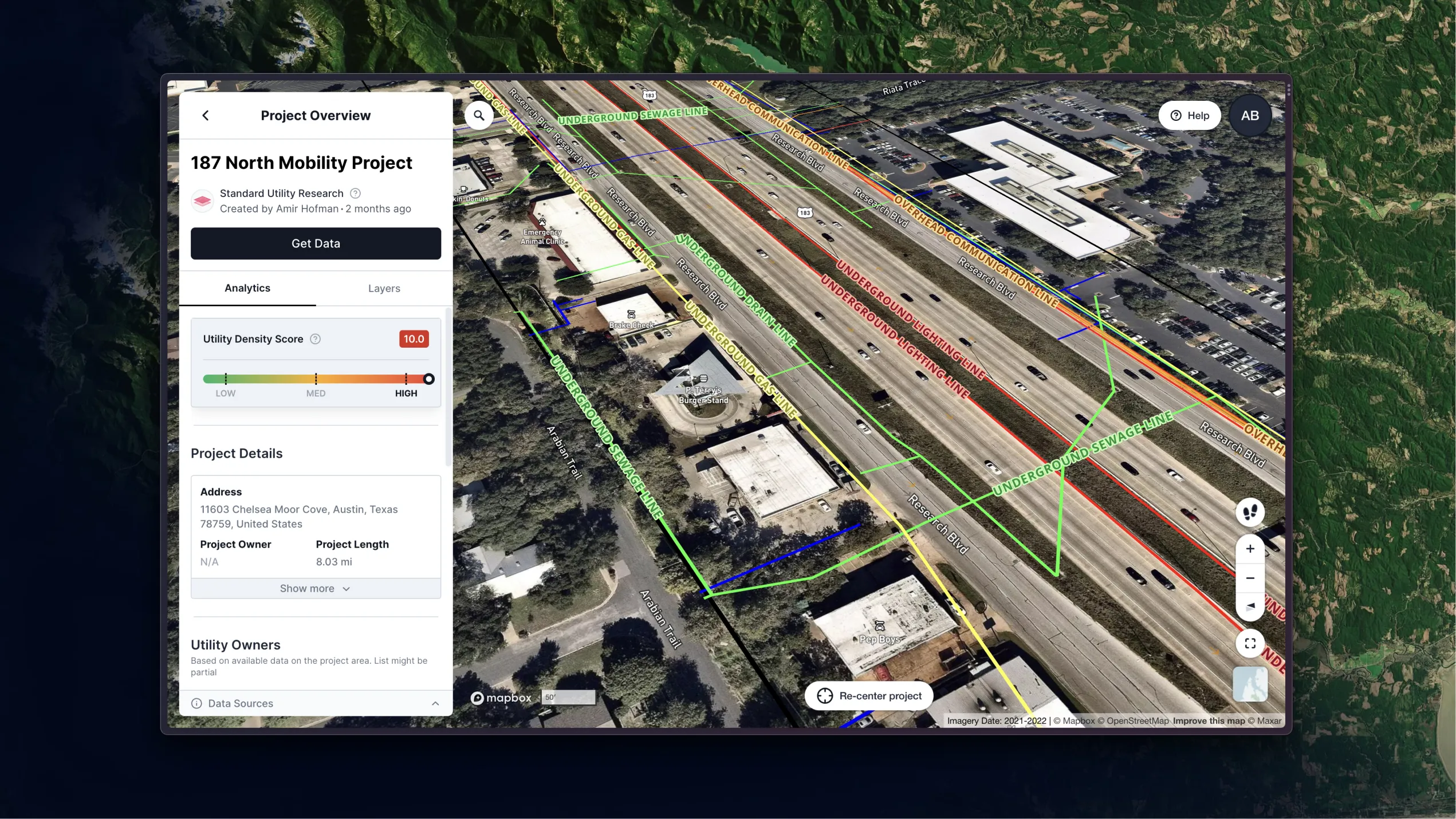
Chris Garafola
|
April 9, 2024
Caltrans Cuts Records Research Time by 95% with 4M
The ultimate source of utility data

Start utility risk mitigation and coordination as early as pre-design. Without leaving the office. Without leaving your desk.

.svg)



Get to know us better with more information about us